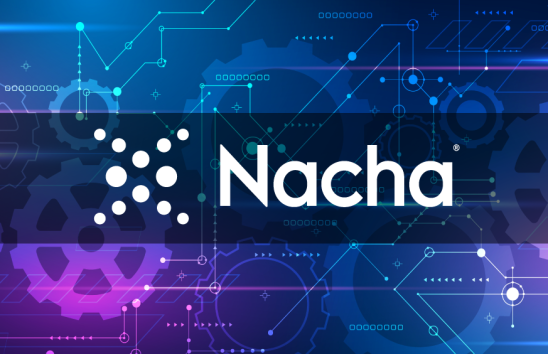Replacing Paper Checks for Refunds
Author

How many times have you seen something like this happen?
- You pay your homeowners insurance bill by ACH, but then you move, and the company refunds your balance by check.
- You return an item you charged to a credit card you don’t use often. After a while, the card issuer refunds that credit balance by check despite paying your bill by ACH.
- Your child drops a class, resulting in a tuition overpayment. Your ACH payment to the school is now a paper check refund.
In each of these cases, it typically takes weeks for the company to issue that check, plus another week for it to arrive in the mail.
Those of us in the payments industry often talk about where check payments still remain prevalent, and what electronic alternatives exist. In the case of refunds for overpayments, checks still appear to be prevalent, and the alternative is obvious and readily available.
An overpayment situation can arise with just about any bill or service arrangement when the consumer changes or cancels the service. In my own experience (admittedly, a non-representative sample), refunds are always issued as a check. There’s absolutely no reason for it. After all, the biller, school or card issuer already has your routing and account numbers—which they used to pull the money in the first place by ACH debit. It should be just as easy to issue a refund as an ACH credit, because they don’t need to ask you for banking information again. Credits, debits—ACH is a two-way street.
Consumers are using ACH in record numbers to pay all sorts of bills, from utilities and mortgages to mobile services and streaming. The proof is in the numbers: 10.7 billion internet payments on the ACH Network in 2024, a year-over-year increase of 8.4%. That’s a lot of ACH debit authorizations. These debit authorizations could be adapted to also authorize that refunds will also be paid by ACH (or more generally, that the refund will be sent via the same method as the underlying payment).
Why? First, it’s great for your customers. Who isn’t happy to see money in the bank, when a refund appears in a day? It’s literally a Direct Deposit, just like on payday. Second, it’s great for your organization. Printing and mailing checks is far more expensive than an ACH payment, and with check fraud on the rise, a lot riskier.
The IRS has done a great job using Direct Deposit for tax refunds. The agency reported that in the 2024 filing season, 90.6% of refunds, worth nearly $301.2 billion, were paid by Direct Deposit. The IRS also noted, “The easiest, safest and fastest way to receive a refund is to … select direct deposit. According to Treasury’s Bureau of the Fiscal Service, paper refund checks are 16 times more likely to have an issue, like the check being lost, misdirected, stolen or uncashed.”
The IRS is doing its best to leave paper checks behind for refunds. How is your company faring? If you have a success story to share in issuing refunds by Direct Deposit, Nacha would love to hear from you. Please complete this very short form to tell us.






